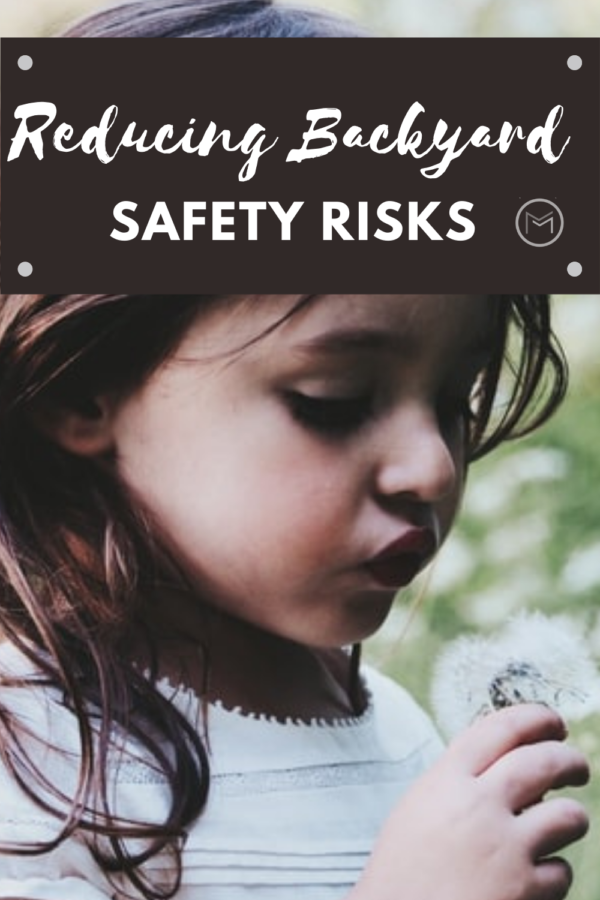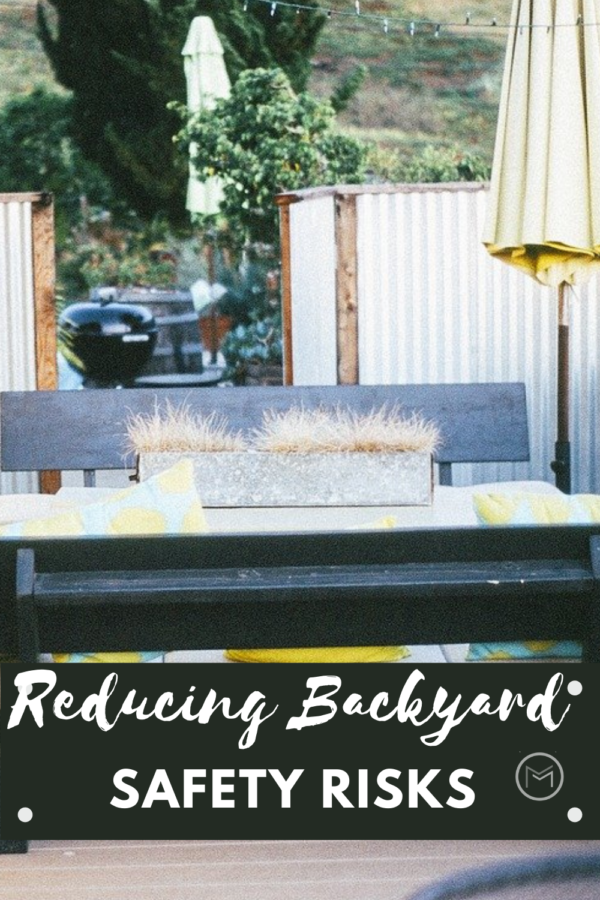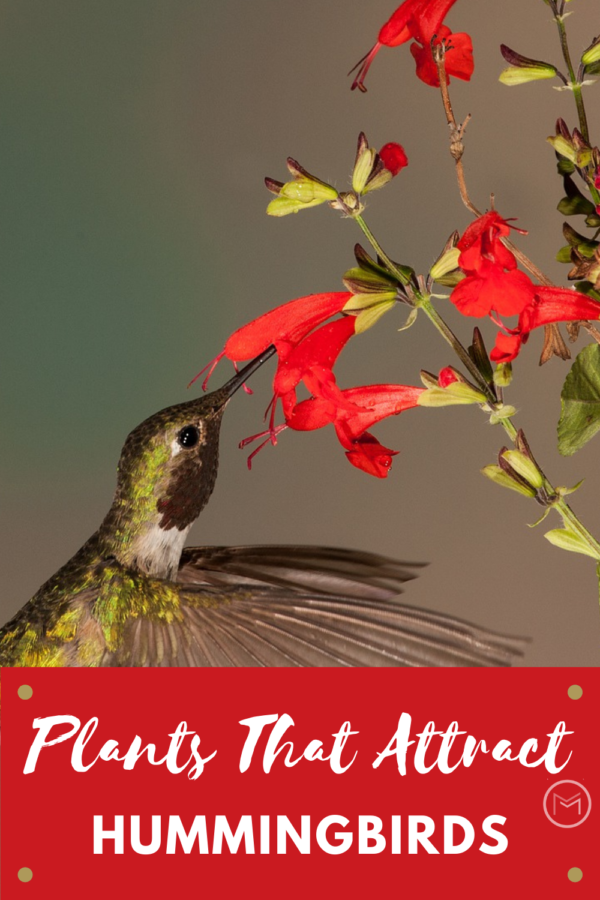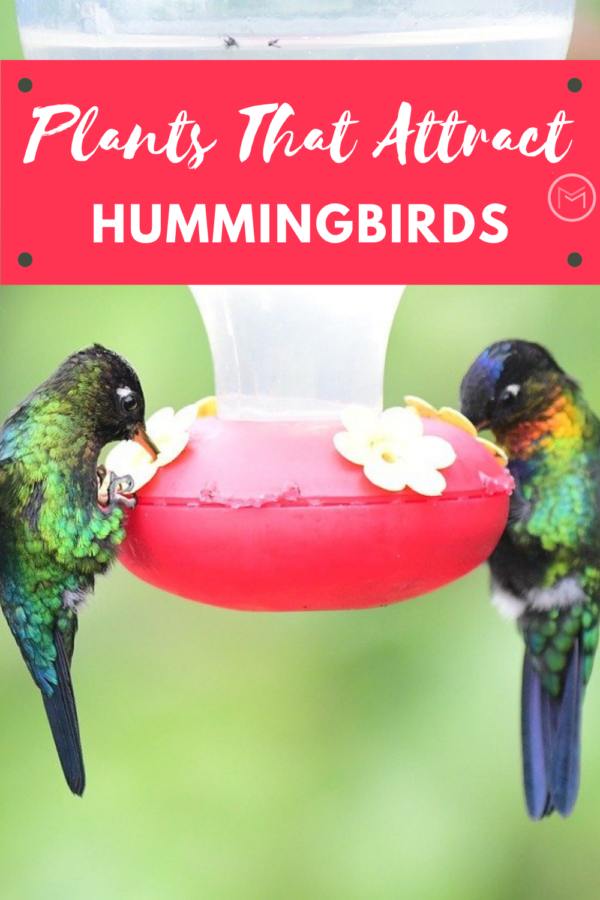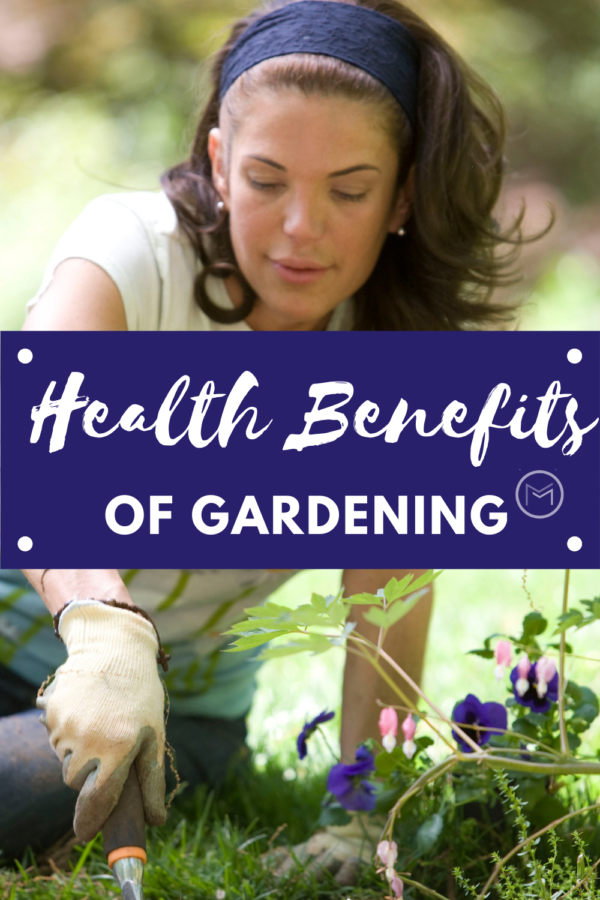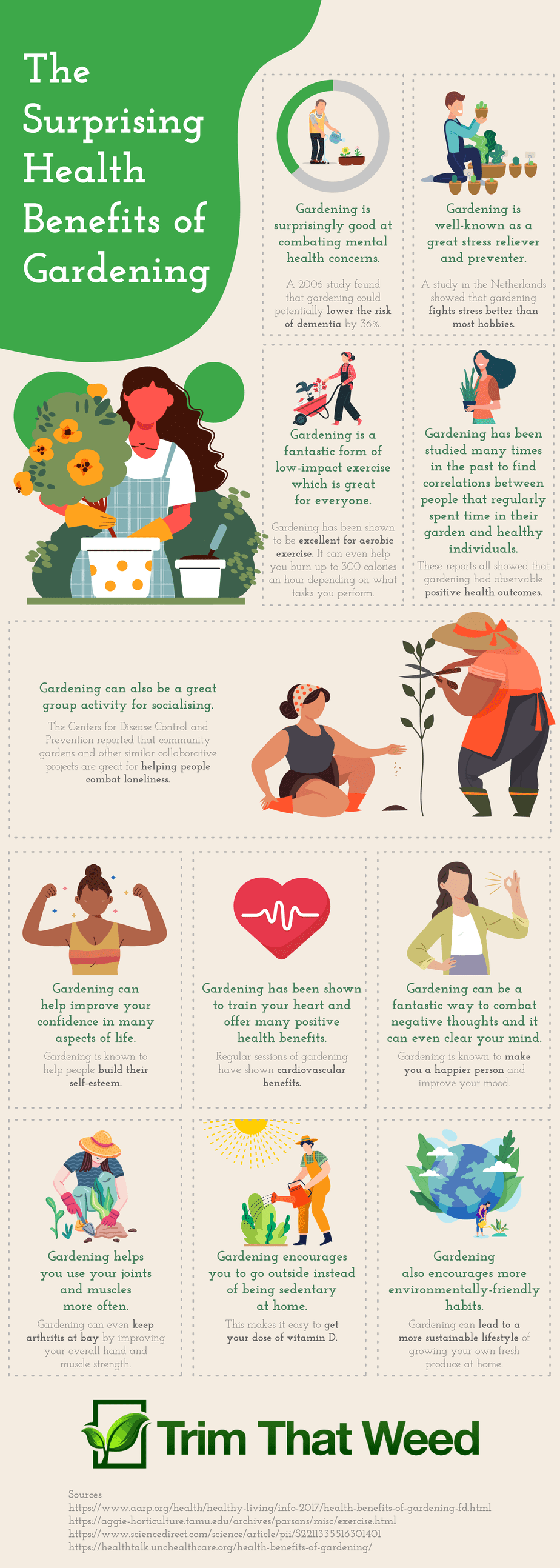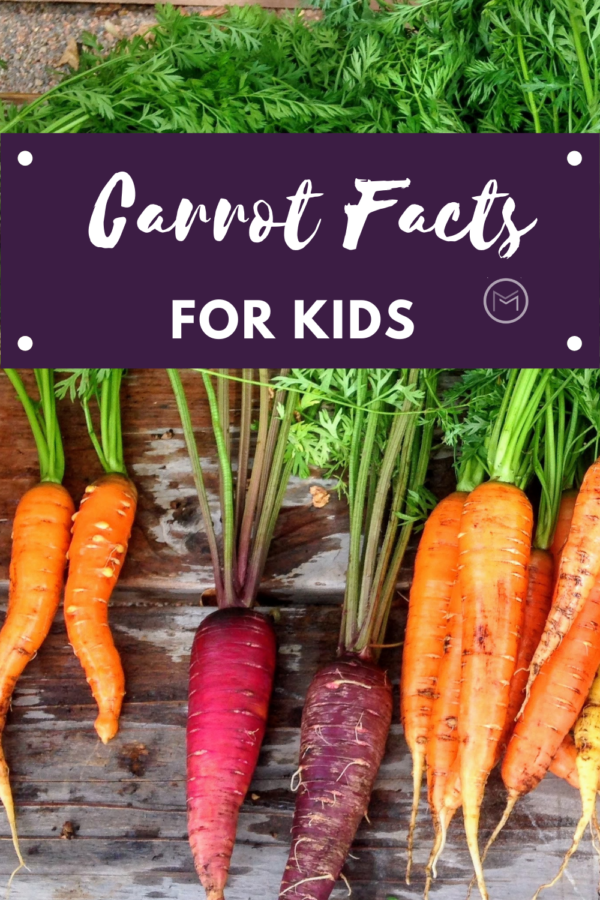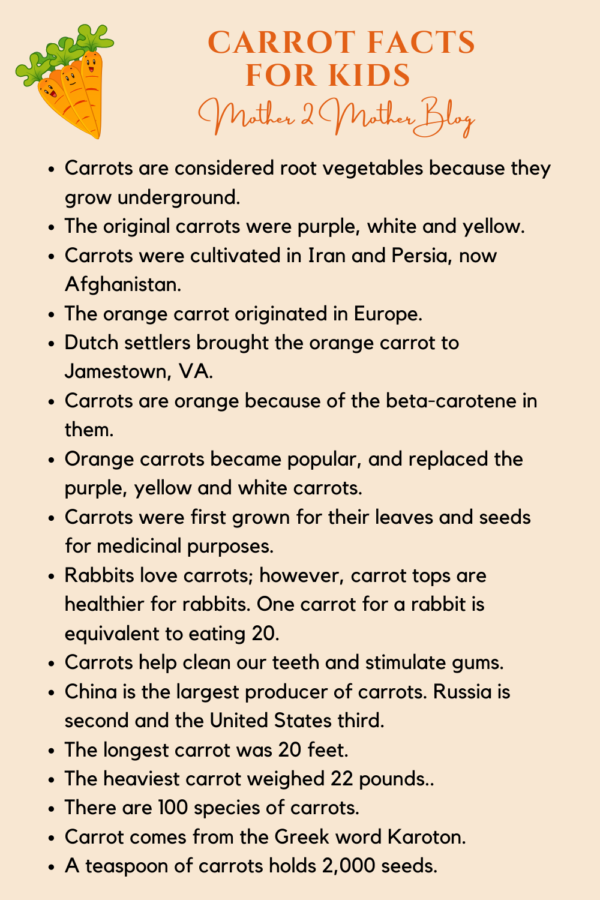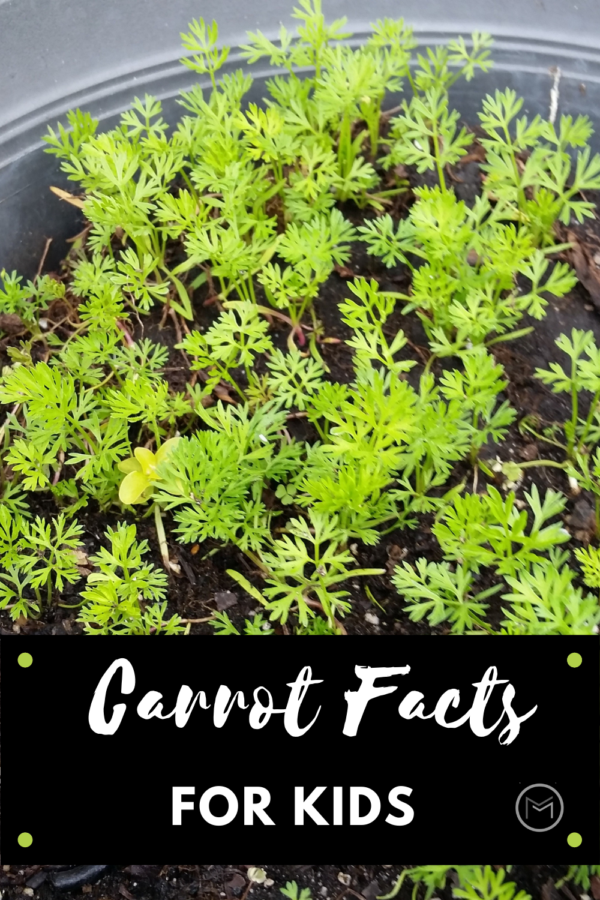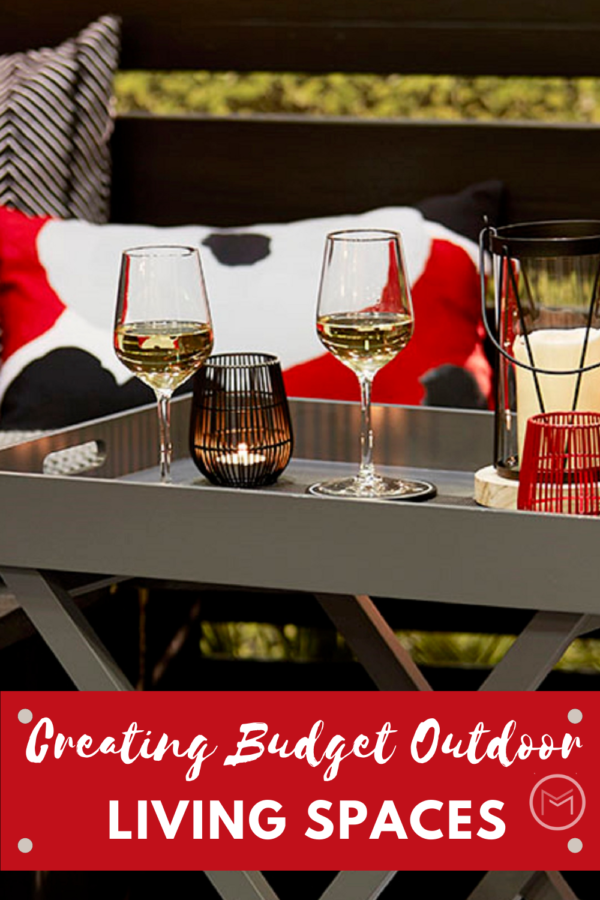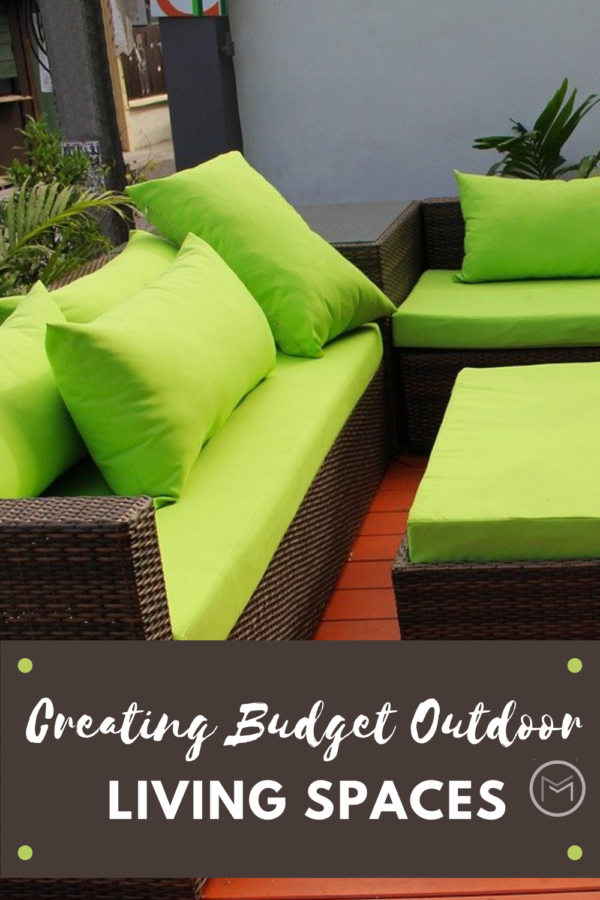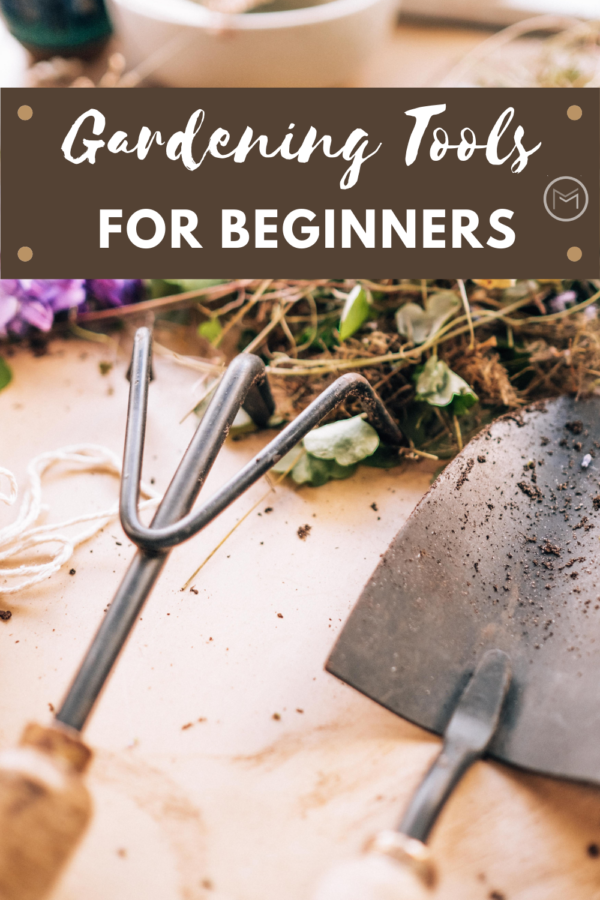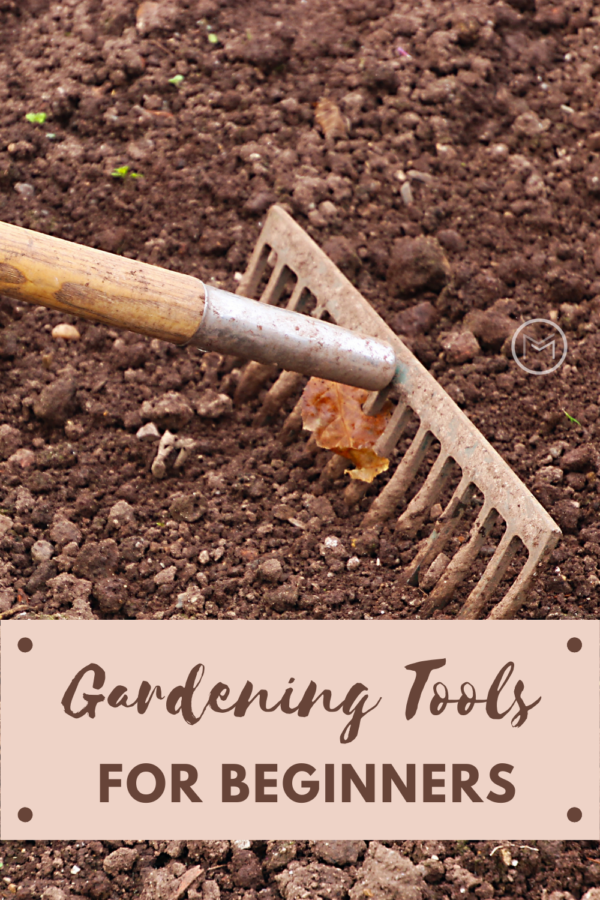Today, I’m sharing beginner gardening tips on what’s eating my cabbage. Are you seeing holes in the leaves of your cabbage plants? Lets discuss the garden pests that put holes in cabbage or other members of the cabbage family; cauliflower, kale and more. When you see those tiny little holes on your plants, you wonder what’s eating my cabbage, what’s eating my kale or cauliflower?
More likely than not, it’s the cabbage worm. However, there are other culprits. So, it’s important that you identify what’s eating your cabbage and take action immediately. Your cabbage plants are the most vulnerable when they are seedlings.
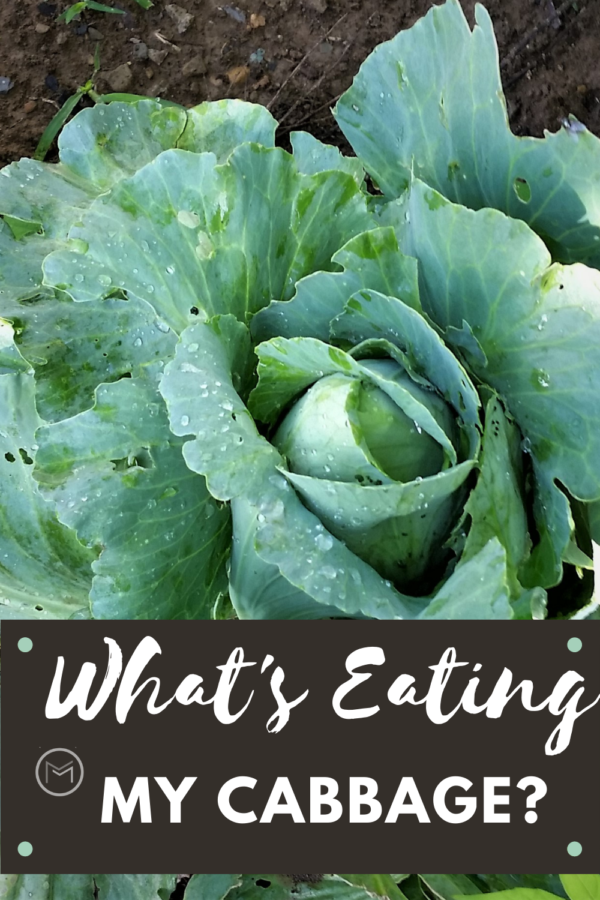
What’s Eating My Cabbage:
Cabbage Worm – The cabbage worm is actually the caterpillar of the cabbage white butterfly. It can create a huge amount of damage in your garden. First, if you see the Cabbage White Butterfly in your garden, more likely than not it is laying eggs. Probably hundreds of them. Cabbage Whites lays their eggs under the leaves of plants. So, eradicating the eggs should be your first step if possible.
Turn over your cabbage leaves and look for small yellowish white eggs. But, be careful because the eggs of ladybugs and Cabbage Whites look similar. The difference is lady bugs lays their eggs in clusters, Cabbage Whites lay theirs here, there and everywhere. Simply remove the eggs and squish them. A pair of garden gloves will be beneficial here.
So, once the worms emerge from the eggs they start eating the leaves leaving small holes. As they get bigger growing into caterpillars, the holes on the leaves will also get bigger. This process could last for several weeks or until the caterpillar reaches the stage where they prepare to turn into the Cabbage White butterfly. Once they turn into a butterfly, the cycle will repeats, eggs, worm, caterpillar, and butterfly.
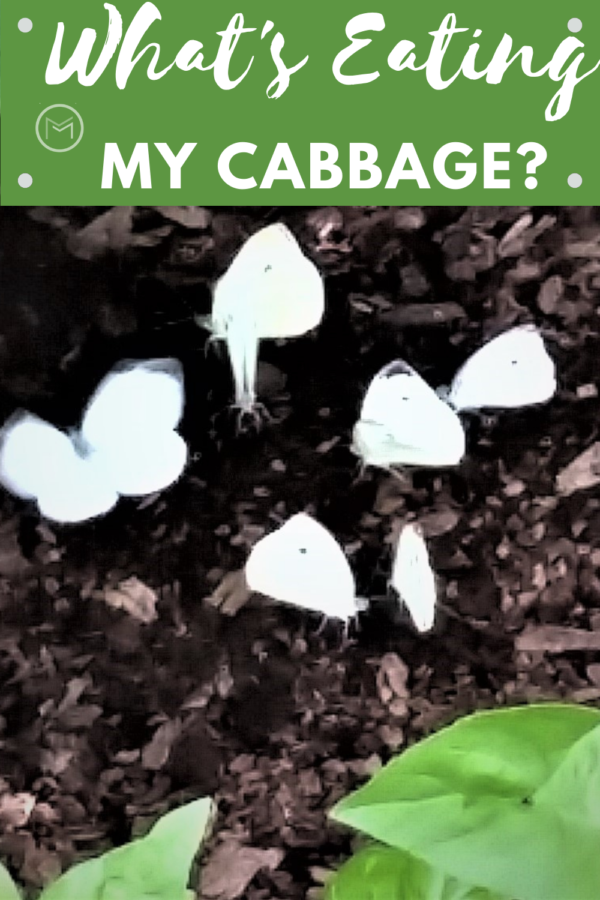
Cabbage Looper – Chubby, little cabbage loopers will devour your cabbages if not removed. So, removing cabbage loopers is imperative if you want a productive cabbage crop. Instead of holes, the leaves on your cabbage plant will have jagged edges.
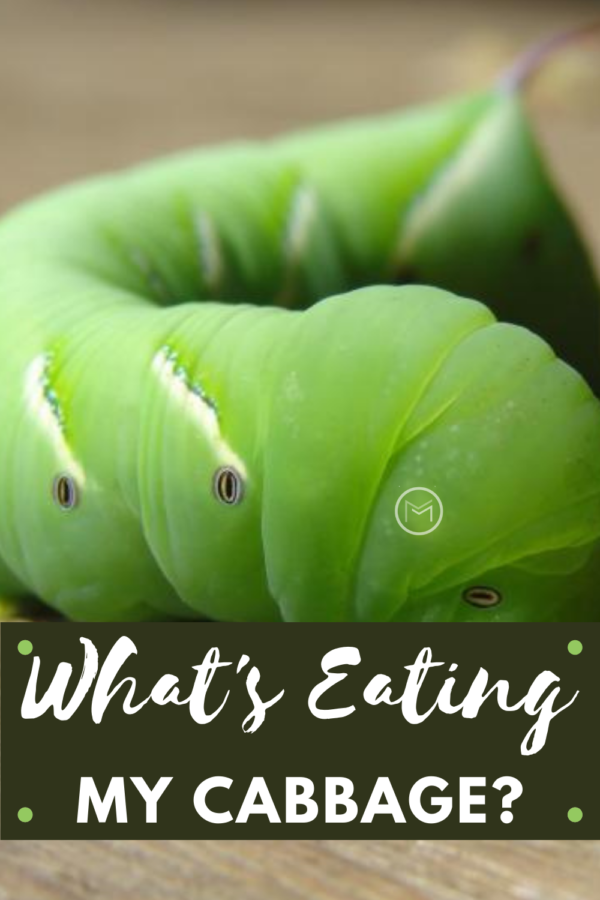
Slugs and Snails- Slugs and snails prefer cool weather and moist soil. Slugs can be found at the base of your cabbage or between the leaves. They will be the toughest to eradicate. Often, they are found deep inside the cabbage plant eating their way outward. Sadly, when they are found they have pretty much destroyed the cabbage plant. Unfortunately, removing them manually can be a challenge because they are burrowed deep inside the plant. Slugs roam when we sleep. Unlike the cabbage worm and cabbage looper, using an insecticide on slugs is not beneficial since they are not an insect. But, all is not lost.
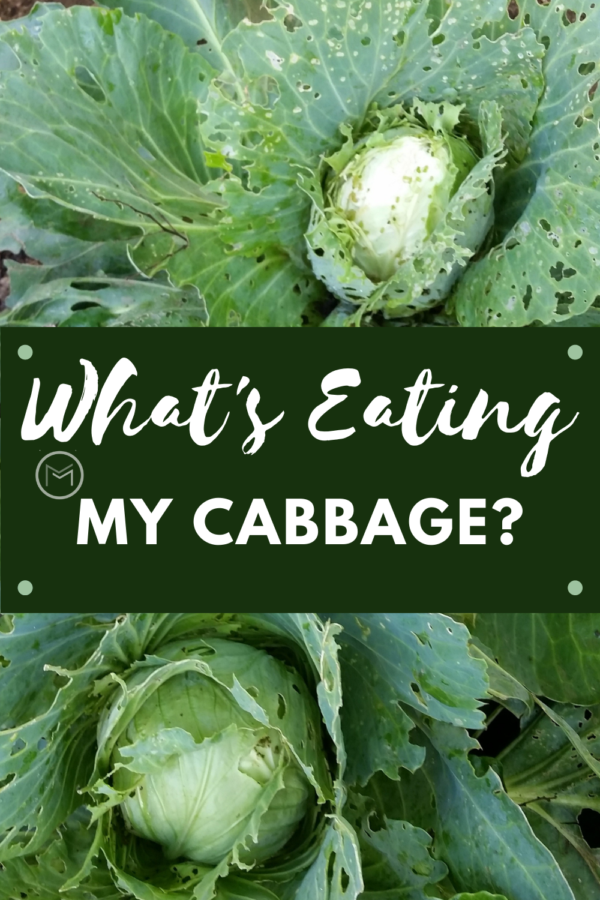
Remedies for Cabbage Pests:
- Neem Oil – Spray the entire plant with an organic Neem Oil. Be sure to spray both sides of the leaves for best control.
- Monterey BT Spray – Monterey BT is an organic spray as well that will eliminate chewing worms and bugs. However, it’s safe for good worms, earth worms, and humans.
- Soap Spray – Make a mixture of Castile Liquid Soap and water. You can also add neem oil to your mixture. For an easy mixture, check out this insecticidal soap recipe.
- Crushed Eggshells – Use crushed eggshells around your cabbage plants and other members of the family including kale, broccoli, collard greens etc. This the solution for keeping slugs at bay.
- Bowls of Beer or Milk – Use bowls of beer and milk throughout your garden to lure snails and slugs. Dig a hole so the bowl sits at ground level. This will make it easier for the slugs and snails to crawl into the beer or milk.
- Row Covers – Row covers can help save your plants too. Secure them with landscape pins.
If you’re planting any member of the Brassica family, preparing for garden pests should be at the top of your list. So, get suited up and prepare to do battle.




